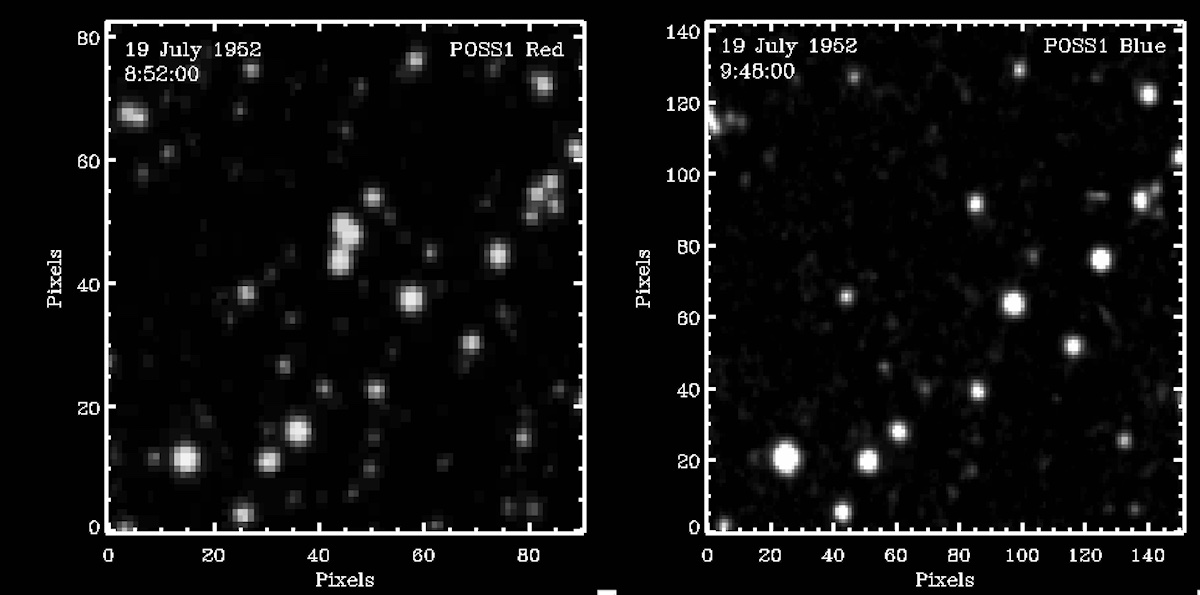Researchers Might've Solved A 70-Year-Old Mystery Of Disappearing Stars
While watching the night sky in 1952, astronomers at Caltech's Palomar Observatory were baffled when three stars simply vanished from a region of the sky. The vanishing stars, which had been seen as a cluster of three "star-like" points, were there at one point. However, when astronomers looked at the same patch of sky an hour later, the stars had disappeared.
Despite the decades since the 1950s, nobody has ever managed to capture images of those three star-like points ever again. This has, of course, only deepened the mystery surrounding these possible stars. However, a new study may offer some answers to this decades-old conundrum.
Before this study, the main prevailing assumption behind the vanishing stars was that something caused them to dim suddenly, going from a magnitude of 15 to one that is so low the observatory wasn't able to detect it. However, attempts to locate said stars with more sensitive telescopes have also turned up nothing.

Enter this new study, which posits that there are three possible solutions to the mysterious stars that disappeared that night. The first possible answer is that the three star-like points were actually just a single star magnified into three. This is the most unlikely, as it would rely on us capturing a very rare stellar event, such as a radio burst from a magnetar neutron star, at just the right moment.
The other two possibilities, the researchers outline, is that the three vanishing stars were some other kind of cosmic entity that moved between the two images and has continued to move, making it impossible to tie to the same star-like points astronomers witnessed. The third possibility, of course, is that the stars were really something more Earthbound, like nuclear dust settling from nearby test sites that would have still been active during the 1950s.
The last two explanations for the vanishing stars are the most likely. However, it is impossible to rule out the possibility that those astronomers witnessed some kind of rare cosmic event without realizing it. It certainly wouldn't be the first time that happened.
